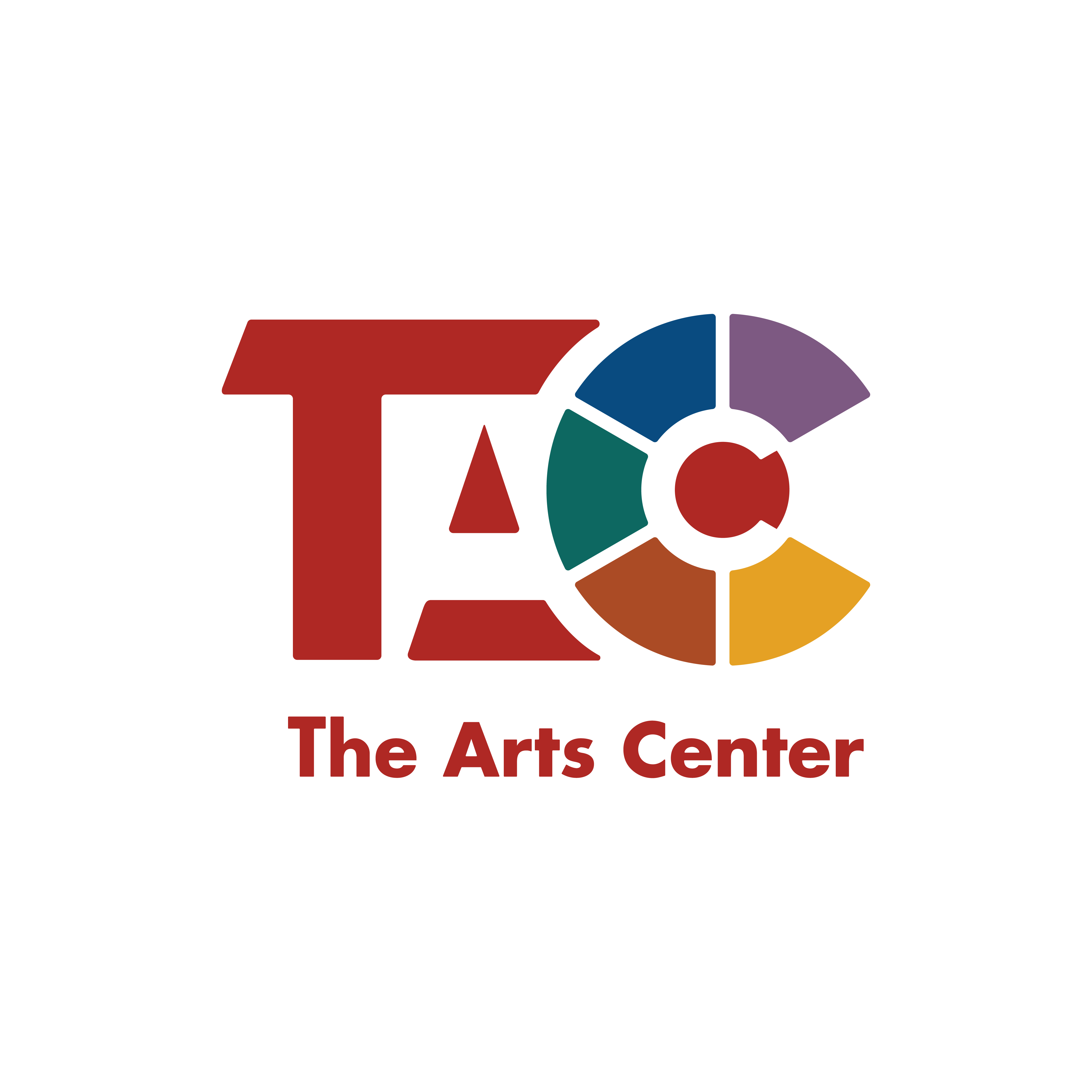Arts+Sci Science Lecture Seminars
These science lectures are part of the What Will Nature Do ? Project, a collaborative arts+sci exhibition and education project to communicate climate change science through the arts.
What Will Nature Do? Lecture Series Part One
Climate Change Scientists and Their Research
In case you missed it, earlier this year we produced What Will Nature Do? Lecture Series Part One: Climate change Scientists and Their Research as additional inspiration to potential WWND Artists.
Access Recordings Below
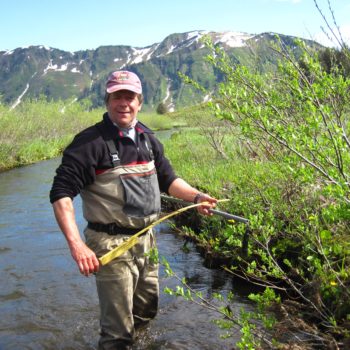
Steve Wondzell
Shading Out Climate Change: Preserving Riparian Habitat from Rising Temperatures
Zoom Recording of the Lecture
By using computer modeling, Steve and his colleagues found that adding shade was the single most effective way to cool the water and preserve habitat for salmon into the future. With enough added shade, they found that future water temperature in the river could be cooler than today, even as air temperatures warm.
FMI on Steve Wondzell’s Research
Shading Out Climate Change Handout
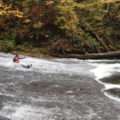
Jason Dunham
How Fish Fine-Tune Climate Change Playbook
Zoom Recording of the Lecture
Jason will describe a couple of examples of the life cycles of 2-3 familiar and one unfamiliar species (e.g., Pacific salmon vs. lamprey or a freshwater mussel). For these species different life stages can depend on different habitats, and all of these life stages influence one another. While this can make fish vulnerable to any “break” in the chain, this also gives them a lot of opportunities for surviving and adapting in a changing world.
FMI on Jason Dunham’s Research
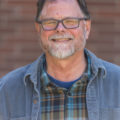
David Shaw
Surviving the Beetles
Zoom Recording of the Lecture
Climate change events such as drought and bark beetle outbreaks may kill a lot of trees, but there are often survivors that may be resistant to the disturbance. What are the implications of these survivors on the landscape?
FMI on David Shaw’s Research >>
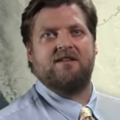
Deke Arndt
Stories from NOAA’s Climate Monitoring Chief: How to Deliver Climate News During Climate Change
Zoom Recording of the Lecture
There’s a saying in meteorology circles that goes, “Climate is what you expect; weather is what you get.” For one NOAA climate scientist, though, there is a more colorful way to put it: “Climate trains the boxer; weather throws the punches.” Derek shares stories that helped the climate monitoring chief better understand his time with NOAA – National Oceanic and Atmospheric Administration.
FMI on Derek Arndt’s Webpage
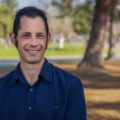
John Abatzoglou
Hope for Fire Seasons: Reasons for Optimism and Hope During this Epoch of Escalating Fire
Zoom Recording of the Lecture
The 2020 fire season in the western United States was staggering: over 4 million hectare (9.9 million acres) burned, thousands of structures lost, dozens of lives, and prolonged periods of unhealthy air quality for those that escaped direct fire impacts. John will review the 2020 fire season in the context of ongoing climate change and data-driven evidence for climate change as a driver of escalating fire activity in the West and context for the next few decades. This lecture will also highlight reasons for optimism and hope during this epoch of escalating fire.
FMI on John Abatzoglou’s Research
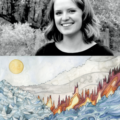
Jill Pelto
Science Communication through Art
Zoom Recording of the Lecture
Art is a uniquely articulate and emotional lens: through it Jill can address environmental concerns to raise awareness and inspire people to take action. Her goal is to collaborate in order to reach a broader audience.
FMI on Jill Pelto’s Research
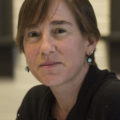
Erica Fleishman
Innovative Species Adaptations
Zoom Recording of the Lecture
Projections of where terrestrial species will occur as climate changes sometimes result in unduly dire projections. Some species are threatened by climate change, but others may be able to adapt via flexibility in behavior, appearance, or physiology, or through genetic evolution. This presentation will focus on the many ways in which Nature innovates to survive environmental stress.
FMI on Erica Fleishman’ Research
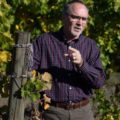
Greg Jones
Climate Change and Wine: Benefits and Challenges
Zoom Recording of the Lecture
The interest in climate change and wine is because wine encompasses life—art, history, gastronomy, soil, climate—all of these ties create a broad spectrum of interest. Knowledge of the spatial variation in temperature in wine regions provides the basis for evaluating the general suitability for viticulture, allows for comparisons between wine regions, and offers growers a measure of assessing appropriate cultivars and sites.
FMI on Greg Jones’ Research
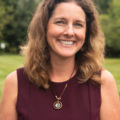
Lizzie McLeod
The Evidence of Hope: How Some Reefs are Surviving Climate Impacts and New Technological Advances Help Us to Ensure a Future for Coral Reefs
Zoom Recording of the Lecture
Climate change is causing unprecedented changes in our world’s oceans, and especially our world’s coral reefs. The combination of warming seas and other human impacts has caused significant declines in coral reefs. Despite these challenges, new advances in technology, local actions, and global commitment provide hope for the future of coral reefs. While the most urgent action to protect corals is the immediate reduction on carbon dioxide emissions, there are a number of steps that are being implemented around the world to provide corals a window of opportunity.
FMI on Lizzie McLeod’s Research
What Will Nature Do? Lecture Series Part Two
Artists and Their Artistic Practices with Science
Lessons Learned During the Process
This series of talks, cosponsored by the OSU ArtSci (group), the Corvallis Arts Center and the Dept of Biological and Ecological Engineering, is by scientists who are also artists or artists who are also scientists with the goal to explore how their science might inform their art or their art might inform their science.
John Selker – Esthetic Satisfaction
John Selker is an OSU Distinguished Professor of Biological and Ecological Engineering. He has been with the College of Agricultural Sciences for 29 years. He is co-Director of both The Center for Transformative Environmental Monitoring Programs (CTEMPs.org) and the Trans-African Hydro-Meteorological Observatory (TAHMO.org), as well as the PI of the Openly Published Environmental Sensing Laboratory (currently employing 40 undergraduates – Open-Sensing.org). He is also the president-elect of the AGU Hydrology Section that boasts 7,000 members, and a raft of other things like 100s of publications, only academics worry about. Importantly, John has worked in more than 20 countries across 5 continents and his areas of interest include environmental instrumentation, groundwater processes, and ecohydrology. And he loves making things, like wooden bowls!
John Selker Seminar Recording – Esthetic Satisfaction
Chet Udell was born 7.5lbs, 20.35 in in rural Ohio when David Bowie released the album “Let’s Dance.” Growing at a nominal rate in the ancient cypress swamps of Wewahitchka Florida, he reached 155lbs, 70in and completed his PhD in Music Composition with cognate in Electrical Engineering in 2012 from the University of Florida. He is an inventor on domestic and international patents on wireless sensors, a father of a 5 year old (and thus, a COVID kindergarten teacher), an assistant Professor in Biological and Ecological Engineering at OSU, Director of the NSF and USDA-funded Openly Published Environmental Sensing Lab, and director of the CLA’s Arts Research Technology and Expression initiative.
Chet Udell Seminar Recording – Instrumentation, Environments and Musicianship
Leah Wilson & Steve Wondzell Seminar Recording – Collaborating with Time
Leah Wilson and Steve Wondzell
Leah Wilson is a visual artist and writer who lives and works in Eugene, Oregon. After earning a Master of Fine Arts degree from the San Francisco Art Institute.
A 2012 artist residency at the HJ Andrews Experimental Forest in the Oregon Cascades introduced her to ecologists working on long-term studies in the forest. Attracted by the long-term focus of study, she is now an episodic lifetime artist in residence at the Andrews Forest. The place and the scientists continue to shape and influence her artwork. Leah’s interaction with the forest and its associated ecologists led her to realize that science in general, and ecology in particular, seeks to identify patterns (and changes in patterns) over time. Often, in terms of process and product, the most evident element of her work is repetition, rhythm, and pattern.
Leah is a founding member of Gray Space (Links to an external site.), a group of Oregon artists, based in the Corvallis, Eugene and Roseburg areas who came together to claim agency and circumvent institutional structures requiring artists to ask permission. Gray Space explores how art influences place and place influences art. The project invites the inclusion of an unforeseen or unexpected audience, broadening definitions of where art can exist.
Leah completed and installed her first major public art installation, Listening to the Forest, part of Oregon’s Percent for Art program, in 2020. It can be seen in Oregon State’s University’s George W. Peavy Forest Science Center. Her artwork has been exhibited at galleries throughout the West Coast and her work is in many public and private collections.
Steve Wondzell is a Research Ecologist in the US Forest Service’s PNW Research Station. He has a BS in Range Science and an MS in Plant Community Ecology from New Mexico State University. He continues monitoring the study plots used for his MS Thesis, and now has a 60+ year record of plant community dynamics in the semi-desert grasslands of Big Bend National Park, Texas. He worked for 4 years on the Jornada LTER before moving to the Pacific Northwest in 1988 working at the H. J. Andrews LTER. His love for deserts and sunshine somehow got side-tracked, and he ended up studying stream-groundwater interactions in old-growth forest streams for his Ph.D. He has studied how hydrology and channel morphology control small-scale stream-groundwater interactions and the ways that these interactions influence stream ecosystem processes, especially stream thermal regimes and the cycling of carbon and nitrogen. He also studies the effects of forest harvest and riparian buffer designs on stream temperature, the influence of climate change and channel restoration on stream thermal regimes, and the influence of browsing by deer and elk on restoration of riparian hardwoods in the intermountain west.
Randall L. Milstein has been a faculty member at Oregon State University for 31 years. Dr. Milstein is Astronomer-in-Residence to the Oregon NASA Space Grant Consortium and teaches astronomy courses for the OSU Physics Department as well as numerous courses in the University Honors College and the College of Earth, Ocean, and Atmospheric Sciences. His research interests include astrogeology, impact-cratering dynamics, and archeo-astronomy. He is a regular outreach speaker and enjoys engaging with the public on topics of planetary science, astronomy, and the role of science fiction in popular culture.
In collaboration with Dr. Joseph Orosco, Randall co-hosts the annual OSU TrekWars celebration. Before his career as a professional scientist, Randall Milstein was educated and trained as a photographer, and he is almost never without a camera. Most noted for his dance photography, in the last ten years he has begun photographing portraits of cosplayers at popular culture conventions. His photographs appear in solo and group exhibitions. They are represented in government, corporate, and private collections and appear in numerous publications, books, posters, and advertisements.
Randall Milstein Seminar Recording – The Science of My Art
David Maddison Seminar Recording
Patterns in the Beetle Tree of Life and the Interweaving of Science and Art
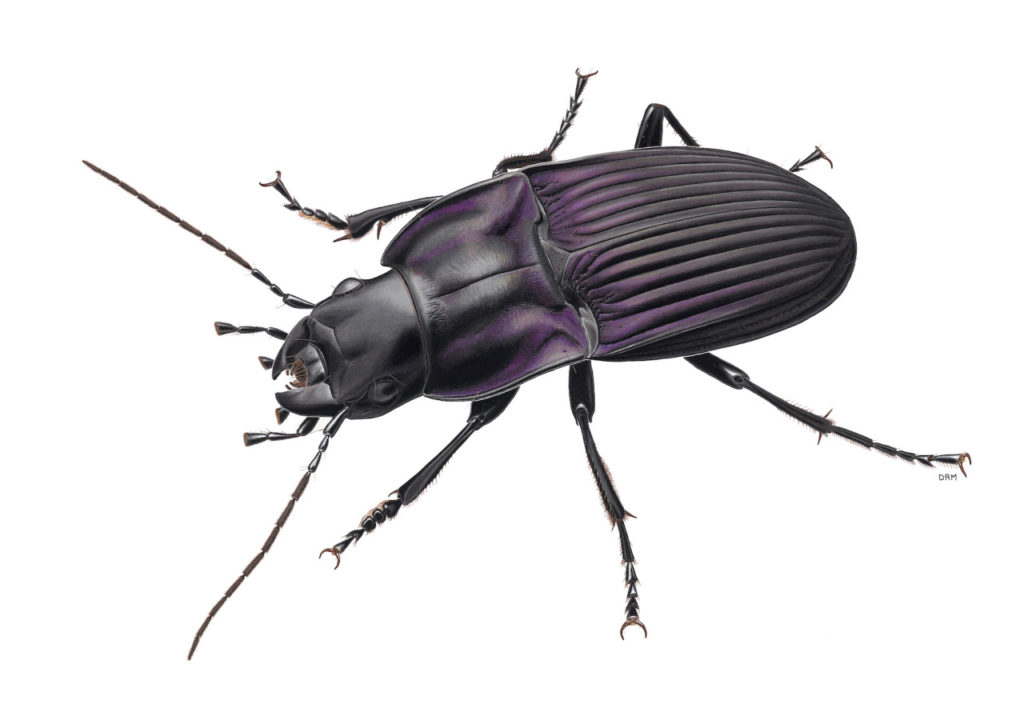
David Maddison is a biodiversity explorer who fell in love with beetles when he was 15, and has expressed that love through his research on the evolutionary biology of beetles, and through art.
Much of his research is on the evolutionary tree of life of beetles, whose branching patterns he infers, and along whose branches he has wandered for decades as he explored the evolution of the beetles’ forms and their genomes.
One of his passions is discovering and documenting the species that live on Earth.
He is currently the Harold E. and Leona M. Rice Professor in Systematic Entomology in the Department of Integrative Biology at OSU, where he has been for the last 11 years (he was a faculty member at the University of Arizona for 17 years before then).
He is also Director of the Oregon State Arthropod Collection. He has done extensive field work looking for beetles throughout North America, as well as in Chile, Argentina, Ecuador, Australia, New Zealand, Germany, and Italy.
For one window of time in days gone by, he was primarily a scientific illustrator of insects and continues to explore the art in his science in numerous ways.
In addition to beetles and art, he is also the co-author of two widely used pieces of software in evolutionary biology and loves the puzzle-solving aspect of coding.
See more about David and his art.

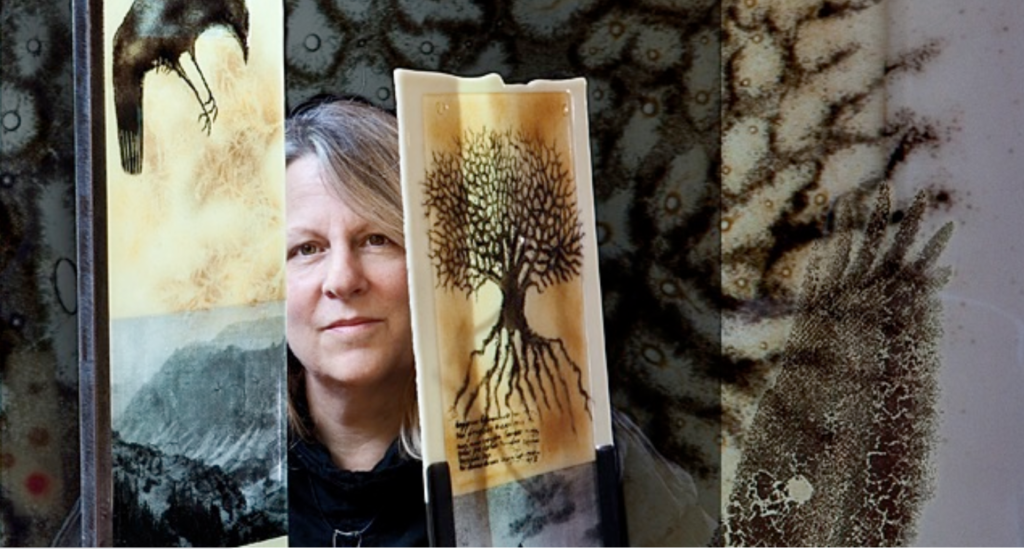
Jerri Bartholomew is a Professor in the Depts of Microbiology and Fisheries and Wildlife and Director of the John L. Fryer Aquatic Animal Health Laboratory.
Her research team studies diseases in wild salmon, particularly diseases caused by myxozoan parasites.
These fascinating parasites are relatives of jellyfish and sea anemones, and use stinging cells to initiate infection in their hosts.
Using interdisciplinary approaches, they address questions about myxozoan evolution, how these parasites move between their hosts, and how we can decrease their impacts on wild fish populations.
She is also a glass artist with a long-term interest in exploring the connections between art and science. In addition to exploring these connections in her own work, she co-teaches a course: Art of the Microbiome, and coordinates the ART-SCI collaborative, and group of faculty and artists interested in bringing these ideas to a larger audience.
Jerri Bartholomew Seminar Recording
Weapons of Micro-destruction: Using Art and Music to Understand Parasite Ecology
Music of Science: The Ballad of Ceratonova shasta
Performance Art: Weapons of Micro-destruction: An interactive interpretation of parasite stinging cells through visual art and music . . . and more
David Buckley Borden Seminar Recording
Hybrid Vigor: Art x Design x Ecology
David is currently a Visiting Professor within the Landscape Architecture Department at the College of Design’s School of Architecture and Environment at the University of Oregon. In addition to teaching studio and environmental-communication coursework through the lens of his practice over the next two years, David is spearheading a new design-ecology initiative between the Department and the HJ Andrews Experimental Forest.
David Buckley Borden is an interdisciplinary artist and designer. Using an accessible, often humorous, combination of art and design, David’s place-based projects highlight both pressing environmental issues and everyday phenomena. Informed by design research and community outreach, David’s work manifests in a variety of forms, ranging from site-specific landscape installations in the forest to data-driven cartography in the gallery.
David was a 2016/2017 Charles Bullard Fellow at the Harvard Forest where he answered the question, “How can art and design foster cultural cohesion around environmental issues and help inform ecology-minded decision making?” As a Harvard Forest Associate Fellow David continues to collaborate with Harvard researchers, to champion a cultural ecology supported by interdisciplinary science-communication.
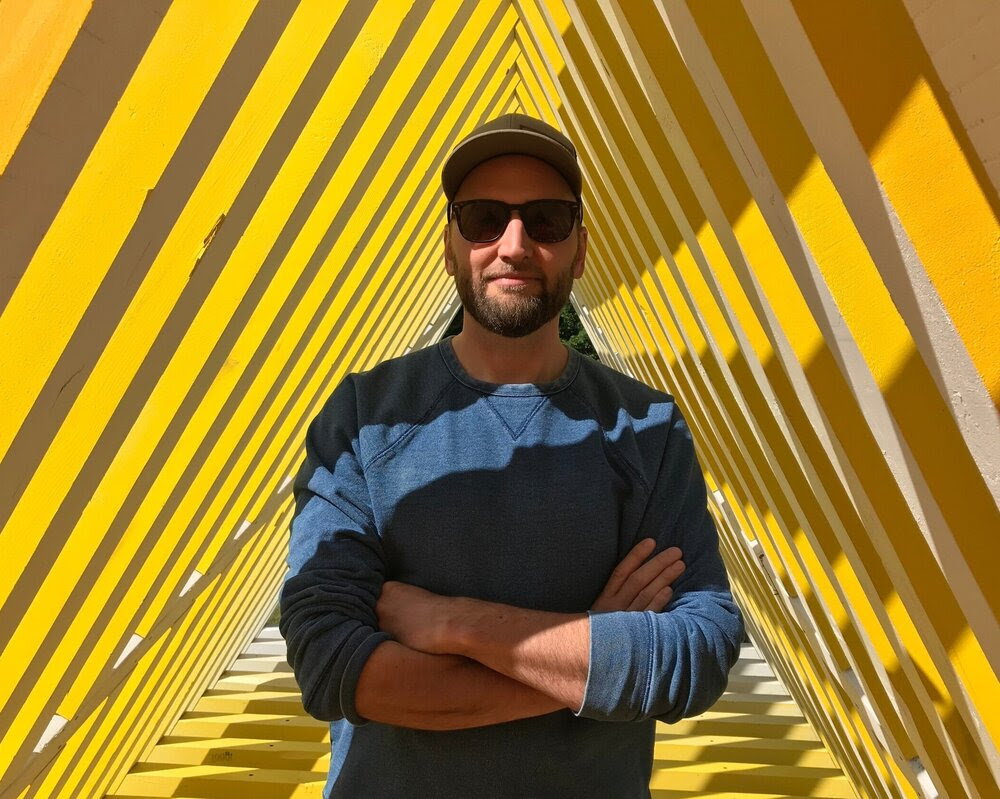
Ali Trueworthy is a PhD student in Mechanical Engineering and a MA student in Environmental Arts and Humanities. She recently co-founded a group called River Stone Renewables Coalitions which is focused on centering the ecological crisis and environmental justice in renewable energy work and studies. She began school at OSU in the Fall of 2018 and received her MS in the Winter of 2021. Her research is in engineering design methodologies for ocean wave energy conversion. She will begin field work in Sitka, AK in the Fall of 2021 investigating the application of community-driven and ecological engineering approaches to marine energy design.
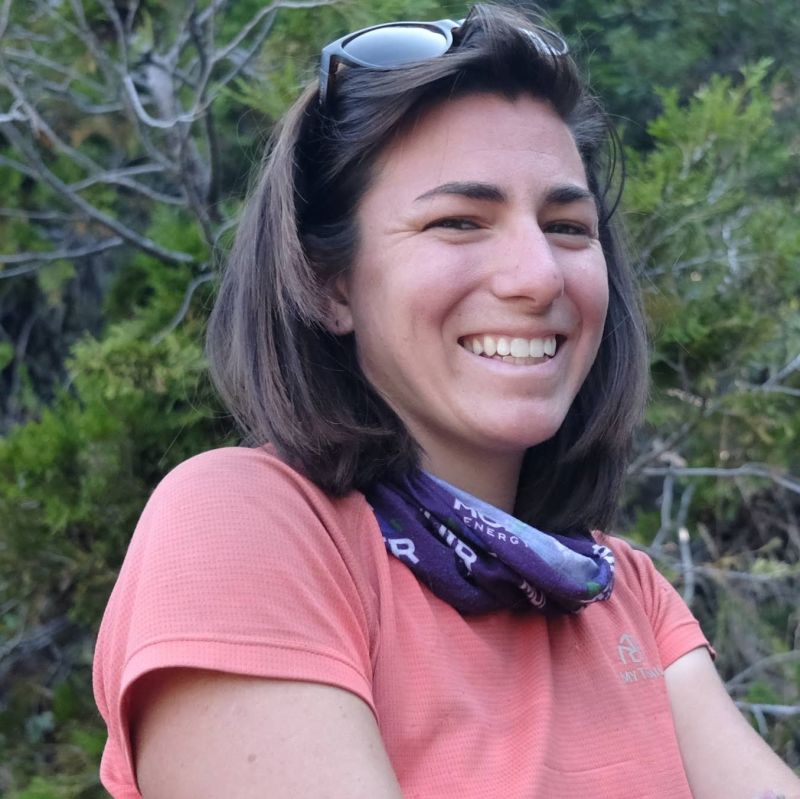
Ali Trueworthy Seminar Recording
Community-built Creative
Tom Carrico has been involved in astronomy for over 40 years and astrophotography for the last 30. He retired from Hewlett Packard in 2015 after 33 years in various engineering and management positions. Tom currently teaches astrophotography in the Honors College and Physics.
His astrophotography has been published in numerous magazines and books, exhibited in local galleries as well as being featured on OPB’s Oregon Field Guide. For the 2017 Great American Eclipse, Tom delivered over 60 talks to more than 5000 people, emphasizing eclipse viewing safety and enjoyment as well as photography. He continues to practice astrophotography from his yard in Corvallis and from a remote-controlled observatory in New Mexico, allowing him to image the universe year-round.
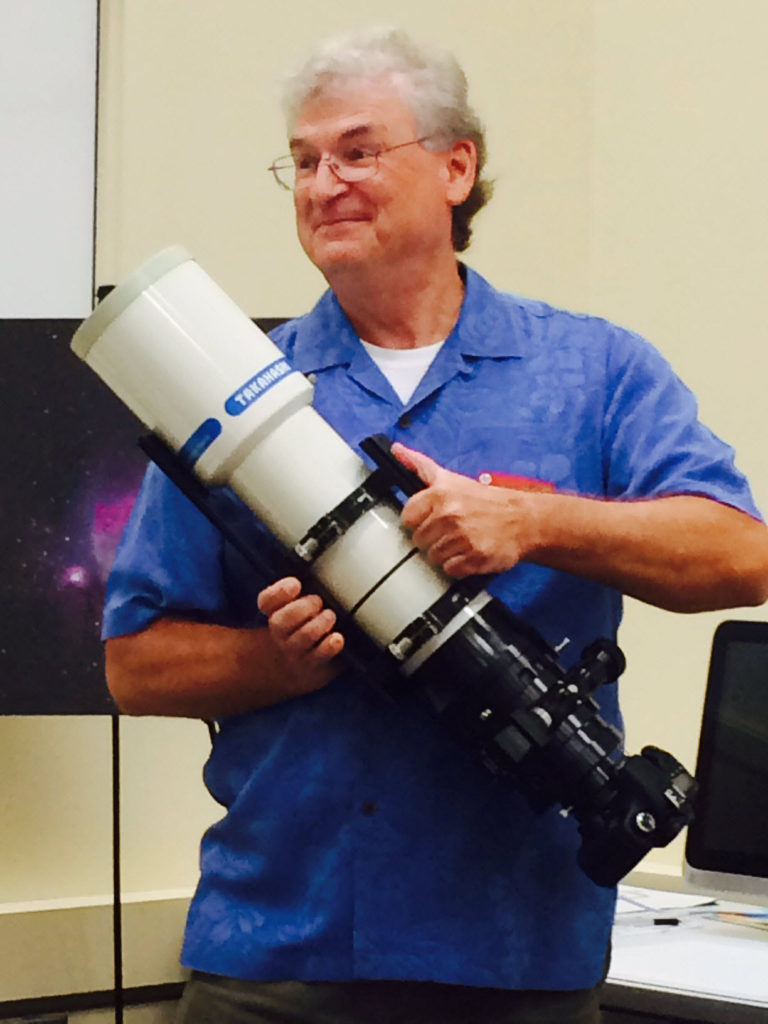
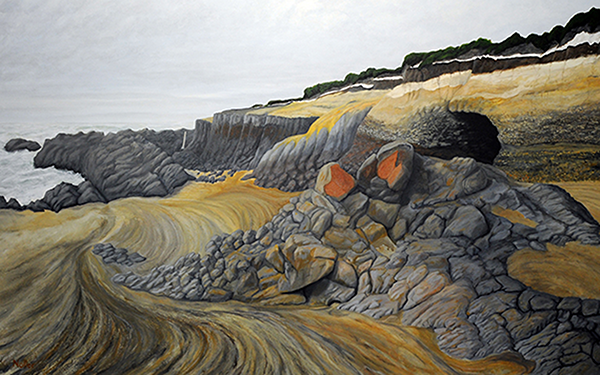
Tom Carrico Seminar Recording
Astrophotography – Physics or Celestial Art?
Jay Stratton Noller is a Professor Emeritus and is the founding Director and lead researcher of Oregon State University’s (OSU) Global Hemp Innovation Center. Dr. Noller had a research
career involving the disciplines of soil science, geomorphology, art, and archaeology.
In addition to hemp-related projects, his research principally focused on human interactions with soils in modern and ancient agricultural and forest landscapes of the Middle East, Europe and the Americas.
His experience includes more than 50 large projects, spanning much of North and South America, southern Europe, southwest Asia, and Africa.
He has published more than 200 papers and maps, six books and has made contributions to additional works.
He is also an internationally known soil artist creating large eco‐artwork installations and fine‐art paintings on display and in collections around the world.
Jay Stratton Noller Seminar Recording
My Own Causality Dilemma: Which Comes First, Science or Art?
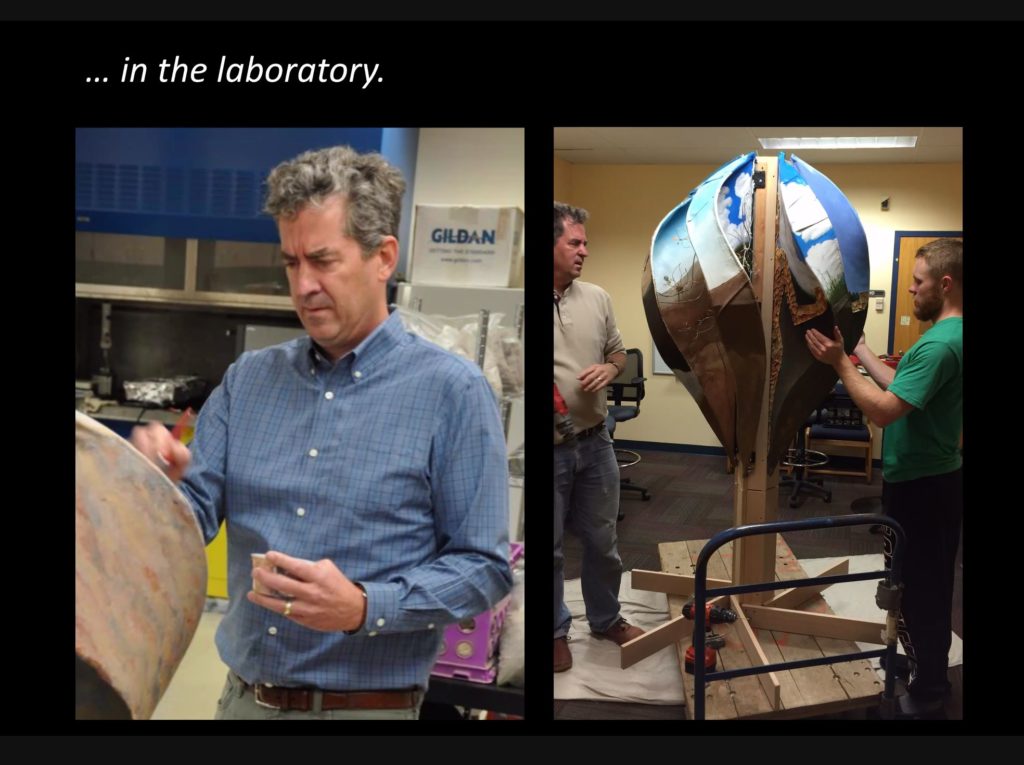
Sara Lewis presents “Think Outside the Box: Visual Display of Information”.
June 8, 2021 4PM – Cancelled
A big Thank You to the What Would Nature Do? Project Sponsor
Windermere Willamette Valley Property Management
Interested in sponsoring any of our upcoming exhibits? Contact Us!
Stay Connected and Up to Date!
FOLLOW US
